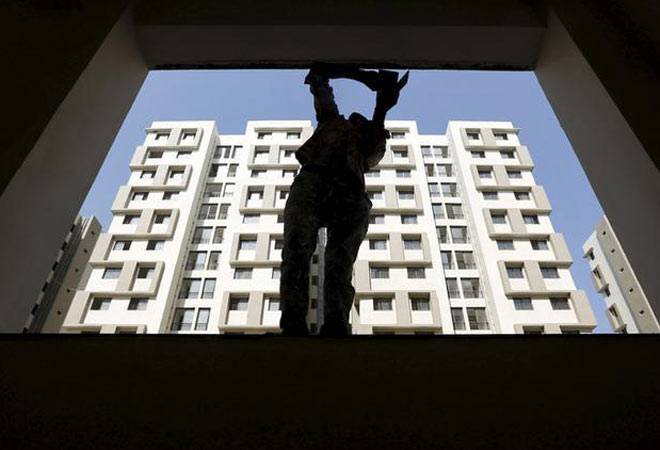

The Indian residential real estate industry is in distress. Bankruptcy, diversion of funds, delayed deliveries, and projects not taking off at all have hurt homebuyers like never before. Industry body the National Real Estate Development Council (NAREDCO), in its pre-Budget memorandum says that “as an industry, we do realise that there can be good developers and bad developers. The idea is not to protect any one of them, although they may be in trouble for various reasons of their own making or purely due to economic realities not controlled by them”.
The body further adds that the critical factor now would be to restore the faith of the homebuyers, “who are the most affected and whose savings are being threatened by high EMIs and lack of deliveries”. Alleviating this distress would require many parties to work in unison – the government, banking institutions and the industry. Handling of the stressed assets would also require innovative solutions, the body states. NAREDCO has suggested a three-part approach to the crisis.
1. Some stressed assets can be classified as ‘Land parcels’, where the government and urban development authorities or the public sector can still salvage value. “These are land parcels, which were auctioned/ leased and where projects have not been able to come up. Nor can these be expected to be launched in the near future, since existing excess supplies have still to be absorbed. The best recourse would be to take back the land and return the money/funds paid by the developers. This would lead to a win-win situation for both, the government as well as the developers. The government authorities would gain from the value of land having gone up in the intervening years, whereas the developer would get readymade cash to pump into viable projects to complete the commitments made to buyers,” the body says in its memorandum.
2. The second part of its suggestion is about classifying some stressed assets as ‘delayed projects where cash outflow is lesser than expected inflows’. In these projects, a part of the building is ready. However, the developer needs more funds to complete and handover to the homebuyers. “The top-up funds can come from various sources. One source can be from funds received by surrender of leased/ auctioned land parcels by the government / public sector corporations. Another source can be through a construction-linked commitment from buyers, with a marginal funding from financial institutions to kick-start the largely completed structure. The developer would gain by virtue of a stalled project coming to life and the buyers would gain from an asset purchased at old, historical prices,” NAREDCO suggests.
3. The last bit is about projects that have not begun construction, but are hugely over-leveraged, either through excess collections from buyers or due to huge debts to financial institutions. The body states that one option would be to look for internal funds from the companies itself. “It could be funds returned by government/authorities for land parcels, but to be kept in escrow accounts, to be used for completing distressed projects. The second option could be to permit rules of Escrow accounts for existing projects to allow funded projects to pay for over-leveraged projects and projects which can be completed”.
The body adds that banks and state authorities must start by preparing lists and find out the magnitude of the problem. “These are essential and would come in use even for the new Real Estate Regulatory Authorities set up in each State. The Authorities could act as a bridge, to begin with, between companies in distress and banking institutions to give finance at reasonable rates and for short-term duration in order to complete such distressed projects. The quantum of funds required could be worked out by the figures collected by banks and the state authorities”.
[“source=businesstoday”]




